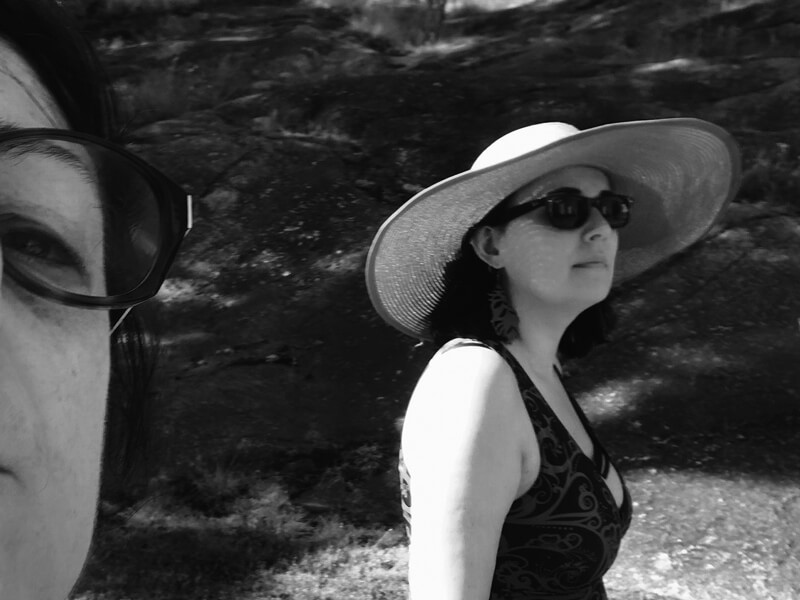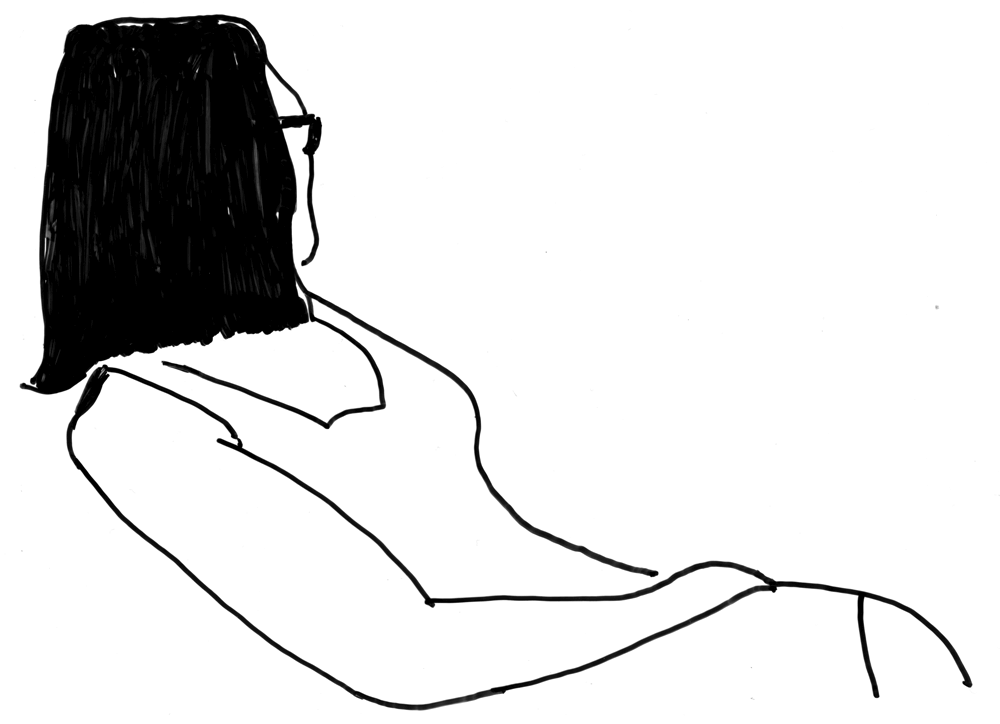Lynda Gaudreau 0’: What is history?
Hanna Järvinen 1’: You have to make a distinction between the past and history. The past is five minutes ago, 50 thousand years ago. The past is everything that has happened in the past from our perspective. Whereas history is a political project, a projection of that past, if you will.
So, history is something that is always written in the present about the past for the future.
In other words, in history you want to make a change in the future, by selecting certain things, events, people, etc. from the past and you create a narrative, “histoire” in French, a story about what happened in the past that is relevant in some way, right now, whether it is because you read somebody’s argument you don’t agree with or whether it is because there is something new that emerged and nobody has looked at it into before, something you see as historical, i.e. important, or whether it is simply because the political situation has changed in some way. So, whenever a new regime takes over, history is rewritten.
2’15’’: Historians rewrite history all the time. In this sense, there is really nothing about the present situation that is particularly different 2’30”: to what historians have always done. Nowadays, maybe more historians are more aware of the power of their historical narrative. A lot of them want to situate the history they write more explicitly, to make what they want to say about the past about the present.
3’17’’: But not all historians. Some still perceive themselves as knowing what really happened in the past and they want you to obey, in a sense, their interpretation. This is why for example many political parties have very strong ideas about the use of history, especially nationalist political parties, far-right political parties, because they really want you to believe their versions of history.
In the 1920s, the Annales school asked: can we talk about the peasants, about the people who cannot even write? Can we talk about mentalities people share – the idea being that there is a shared understanding of how, for example, gender is constructed? Why things were done differently in certain part of the world and then think completely differently later on, such as how marriage worked? Why is marriage for some about family unions, where did this idea of romantic love having something to do with it appear, and when?
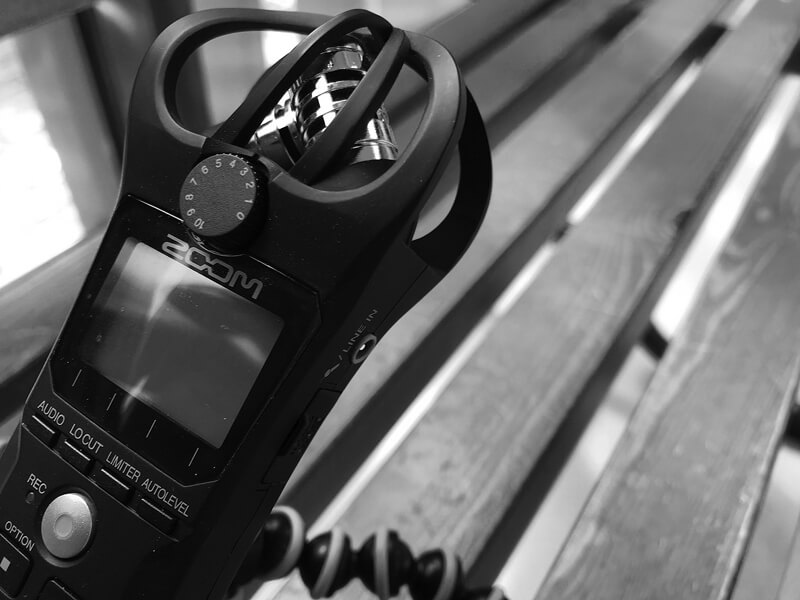
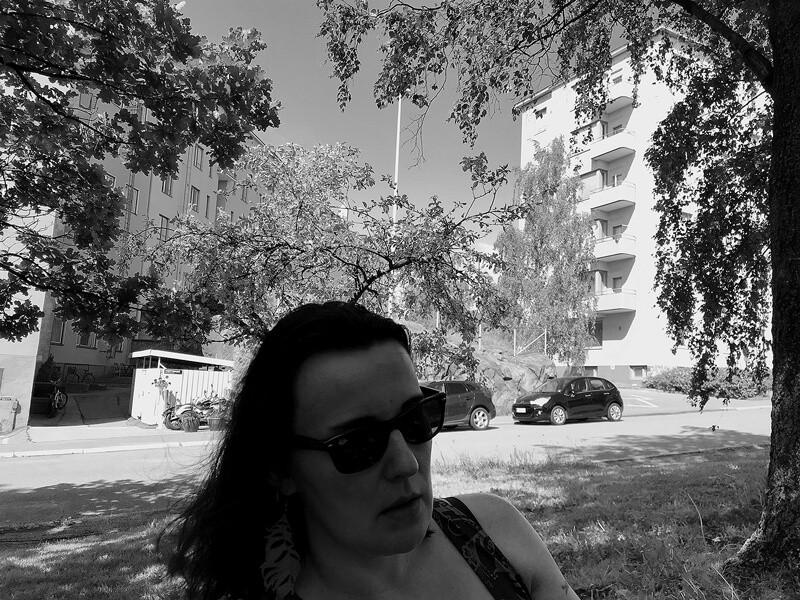
6’39”: In every society at a certain time, there are multiple layers of how people think. There are great examples of people who have tried to trace these layers, ideas that last for a very long time and others for shorter durations.
LG 8’52”: You spoke about layers, what is the shape of these layers?
HJ 10’40”: The present as such does not really exist, it constantly shifting away, like the future is. Any future is imaginary: you can make certain kinds of projections about where it might be, but then the past is similarly so, because we only have our experience of a personal past. But if you think of the past as historians do, basically it can be anything. Neither the past or the future has a concrete shape, because you shape them through your actions. But Bergson has this idea of the present as this point between vortexes, in which this point where we are currently at is between the vortex of the past, and the future is similarly a vortex pointing the other way around. I like that hourglass shape, because hourglasses measure time.
11’42”: What in the past do we focus on? What do we see as history and what do we want that history to be in order to create something in the future?
12’00”: So, for me, when I think of layers of history, I mean… Well, I have my perspective, but you are certainly older than me, you have lived a very different kind of life, also in terms of society, the culture that you come from, so your historical references are very different. But we are still here, both of us, in this present, and we are both influencing that present by being here. If we look at these buildings around us, they offer a different kind of layer, because they are architectural objects. They have been here longer than us, in every sense of the term.
As an historian, if I want to do a history of that building, I could choose how to look at it as an example of architectural style, through its aesthetics, as part of this space, here, in terms of where it is built in relation to the rocks here (in the park).
13’37”: What kind of stone was used, where did it come from? What company made it, the economics of it? And these questions, perspectives are choices that then narrow down what I take from the past to narrate it in the present. And the reason why I take that particular narrowing angle, or sort of focus or framework, is because I’m interested in something in the present for the future.
15’00”: For example, the fact that it is a building with a park next to it: is that the kind of cityscape we want for the future? Or, I could look at it and see that there is a certain kind of materiality that is good or bad for the environment. What kind of city emerges from something like that?
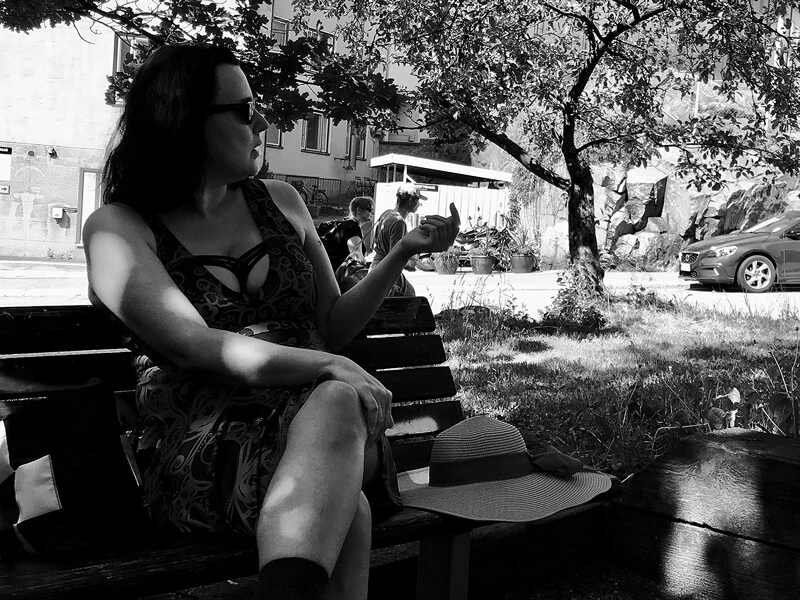
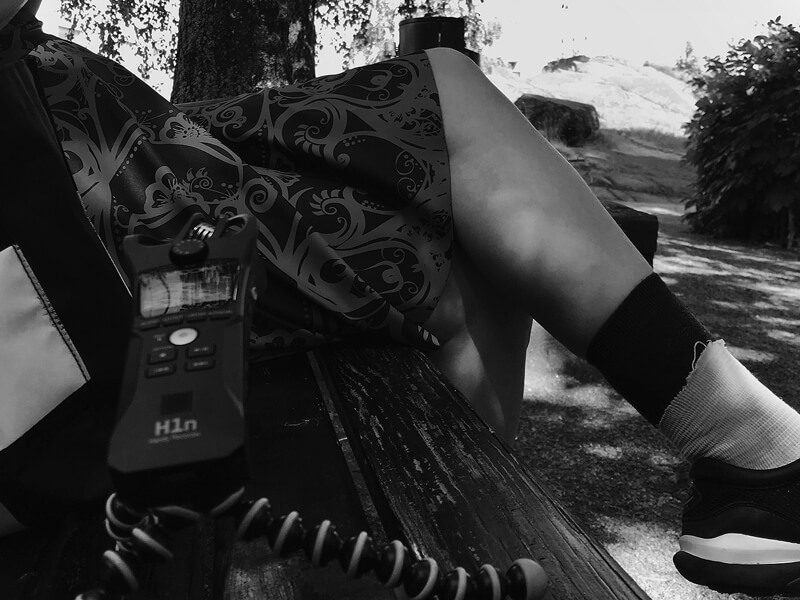
LG 15’20”: How do you see? How do you select? How do you give visibility?
HJ 15’30”: The way I work, usually, well, it starts from the present. I look at the representation of the past, and go “naaaaah… it was not like that… something is wrong here.” I am in a sort of school of cultural history that is very different from mainstream History, as a discipline… I think most historians would not respond to these impulses like I do, because for most historians, history is still something separated from the present and the future.
20’20”: Take art, for example. I am interested in canonization. Why are certain pieces claimed as more important? What kind of power operates in this institution we call art to make certain authors and certain works of art signify differently to the rest?Most people would not really ask questions like that.
My political project is that canonization is extremely white, it is middle class, or even upper class. The canon portrays itself as universal, but it’s not. In dance, my interest lies in the beginning of the twentieth century, and how that moment has signified later, been built into this edifice that even students today have to know about.
LG 21’30”: What is your interest in doing history?
HJ 22’07”: To destabilize the self-evident, the taken-for-granted. The first thing that changes in history is the thing that we think is self-evident, and it is usually the most difficult thing to trace because nobody writes down what is self-evident. This is part of how we think in our ordinary lives.
23’30”: I am currently writing a lot about decolonization. I am looking at things like where did this whiteness of the dance narrative emerge? What does it do? What does it forget? What does it exclude in order to create “art dance”?
LG 23’45”: What is your methodology? How do you edit your information?
HJ 25’13”: My thinking is mostly informed by the Foucauldian tradition of interpretation, but more by post-colonialist critics of Foucault: by Edward Saïd, for example, and more recently Achille Mbembe. He is sort of re-reading the whole understanding of what power is in relation to slavery, the division of the world, focusing on Africa, on transatlantic slavery, and also the decolonization of Africa in terms of the formation of the first Pan-Africanist movement and then the dissolution of that. What kind of power is in play? He does not talk about art that much – well, neither does Foucault. He is not interested in art, but it does not mean that what either of them says about politics or history or how people desire power is irrelevant. Those are very relevant when we speak about art.
32’00”: How can we attend to a situation that quickly becomes co-opted by the institution? There are now many of these programmes – postcolonial studies, gender studies, cultural studies – largely, I’d say, to allow old disciplines not to address these issues. But conversely, how to escape the weight of fashionable rhetoric and work an actual change in academia and in art? How can we look at the thing itself and not just at the finger that is pointing at it?
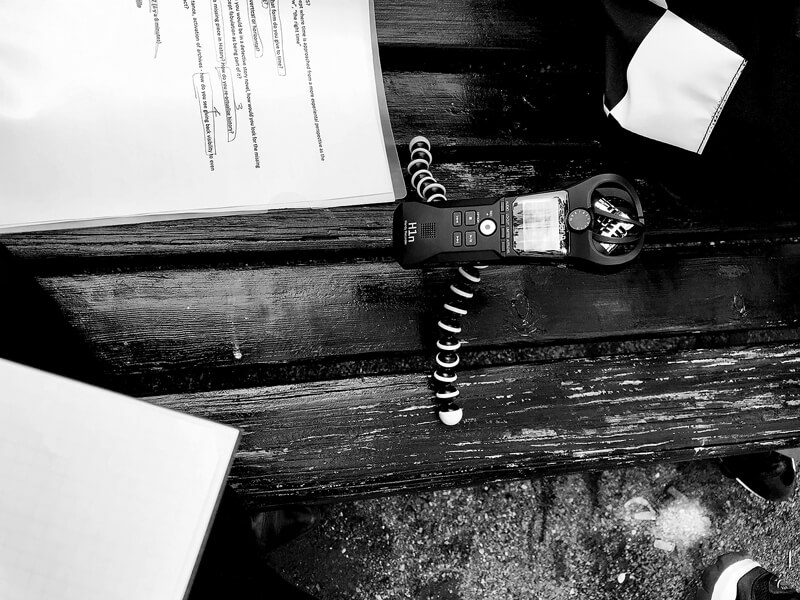
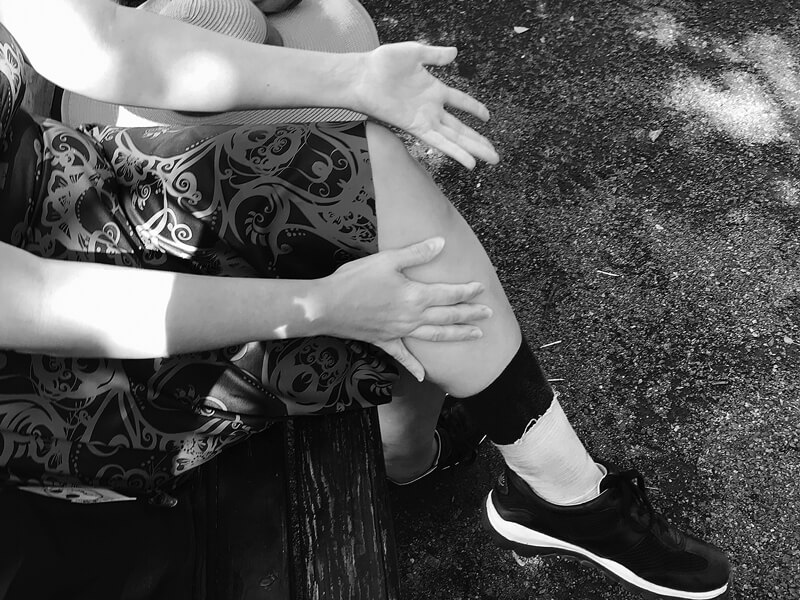
33’00”: There is a discipline called history, then some people get interested in gender, political issues that have to do with “masculinity” and “femininity,” or transgender rights, or how our ideas of gender came about. Then you have gender studies, like postcolonial studies, separated from History, so that historians do not have to deal with these questions. This is how power operates. This process of excluding the thing from the institution that does not really want to deal with it.
50’53”: To talk about what really happens in the present you have to look at the past as well, but you have to be extremely aware of what is going on in the primary sources about that past. You have to see the cracks in the narratives they want you to obey.
HJ 1’11”32”’: Fred Moten, do you know his book In the Break? It is about how Black music parallels political movement, like funk and the Black Panthers. He asks, what’s the break? What happens in the break, meaning that stop-time in music, when it is understood as a political moment?
1’12”12”’: In lot of Africanist music – or dance, which is closer to what I am interested in – you have these breaks. You know, this “hiccup” in the music that actually creates the rhythm to which you respond, that creates physical anticipation in you, so that you wait for that break to happen. Moten talks about how there is a quality to the voice that resists notation. Like when James Brown… you know when he sings how he feeeels good – that grain of his voice, it is not a vowel, it is an articulation of the significance of that sound. What happens in that moment? Moten argues for a politics of corporeality that I find appealing.
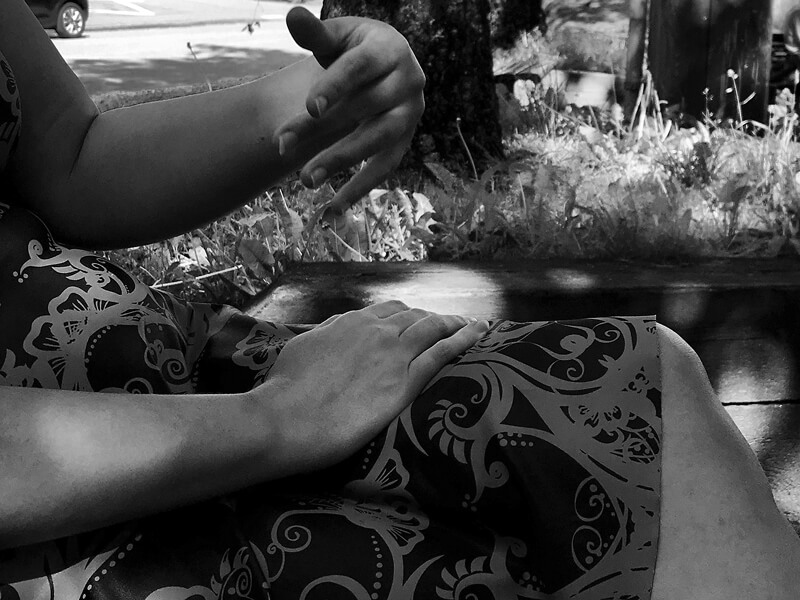
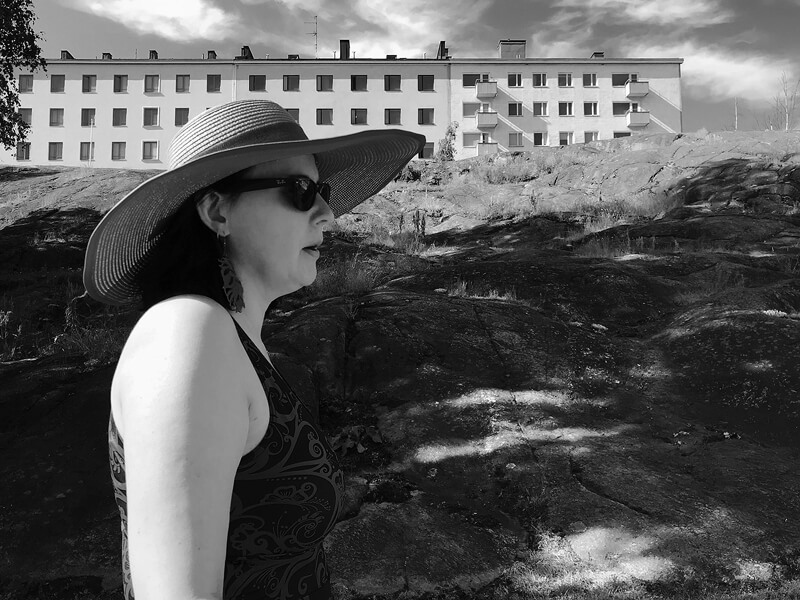
1’14”01”’: He makes that comparison between art and political gestures. It is hugely interesting book, very theoretically heavy reading, but worth it. More recently he wrote with Stefano Harney on The Undercommons, and that is really a pertinent Marxist reading of the current precarity in the arts and university sector.
But the reason why he was able to catch that point about voice and politics is because he is a poet. He is a practising artist. He has been thinking about this in the making of performative poetry, in using his own voice. He got there through the art, not from the Marxist or performance studies theory alone.
1’16”10”’: You asked about asynchrony. In history, asynchrony is related to this idea of these layers of history being present in all of us, all the time, like we are sort of carrying the weight of past generations. What we take for granted, we don’t really conceptualize it, but it is there, and sometimes there is friction between that and how we see our present. You realize, for example, something you have not consciously thought about, and go “duh, why did I not see that?”
1’32”47”’: Those are the kind of relations that interest me: when something jumps out, something not of this present moment, but that is suddenly there. Bam. Then you think: can I do something with this? This is the detective work: Where has this come from? Why? Then you start picking at it, and sometimes, that lets you imagine something new.
